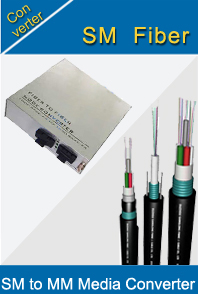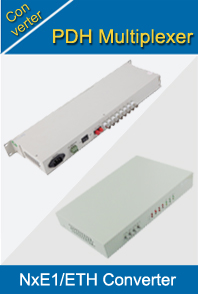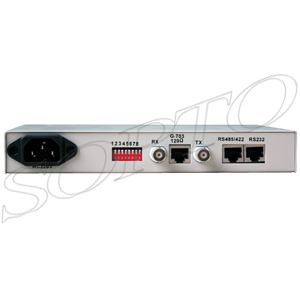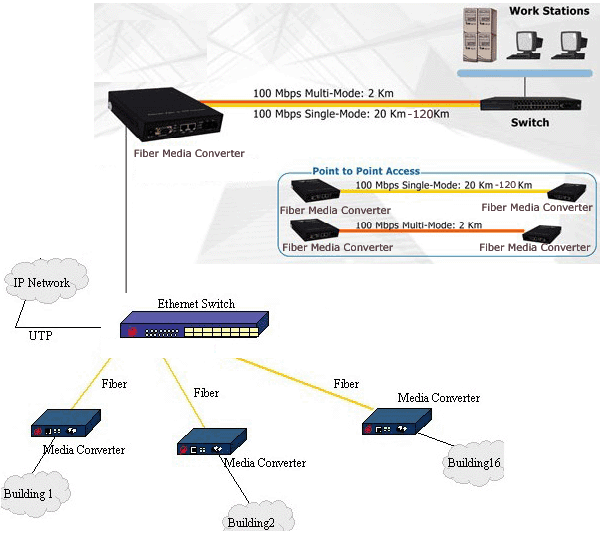-

- Sopto Home
-

- Special Topic
-

- Converter Knowledge
-

- Photovoltaic Converter Overview
Converter Knowledge
- Form Factors and Application of Ethernet Media Converter
- Ethernet over 4 E1 Converter Brief Introduction
- What is the Difference between RS232 and RS485 Serial Interfaces
- What is the Difference between RS232 and RS485 Serial Interfaces
- How to Convert an Analog Telephone to VoIP Protocol?
- How to Find the Internet Protocol Address and Media Access Contr
- How to Convert from Fast Ethernet to Fiber Optics?
- How to Connect a Fiber Converter?
- How to Convert Ethernet to Fiber Media Converters?
SOPTO Special Topic
Certificate



Guarantee
Except products belongs to Bargain Shop section, all products are warranted by SOPTO only to purchasers for resale or for use in business or original equipment manufacturer, against defects in workmanship or materials under normal use (consumables, normal tear and wear excluded) for one year after date of purchase from SOPTO, unless otherwise stated...
Return Policies
Defective products will be accepted for exchange, at our discretion, within 14 days from receipt. Buyer might be requested to return the defective products to SOPTO for verification or authorized service location, as SOPTO designated, shipping costs prepaid. .....
Applications
An Ethernet to Fiber Media Converter can also be used where there is high level of electromagnetic interference or EMI which is a common phenomenon found in industrial plants. This interference can cause corruption of data over copper-based ethernet links. Data transmitted over fiber optic cable however is completely immune to this type of noise. An Ethernet to Fiber Optic Converter therefore enables you to inter-connect your copper-ethernet devices over fiber ensuring optimal data transmission across the plant floor.
SOPTO Products
- Fiber Optic Transceiver Module
- High Speed Cable
- Fiber Optical Cable
- Fiber Optical Patch Cords
- Splitter CWDM DWDM
- PON Solution
- FTTH Box ODF Closure
- PCI-E Network Card
- Network Cables
- Fiber Optical Adapter
- Fiber Optical Attenuator
- Fiber Media Converter
- PDH Multiplexers
- Protocol Converter
- Digital Video Multiplexer
- Fiber Optical Tools
- Compatible
Related Products
Performance Feature
Converter Knowledge
Recommended


Photovoltaic Converter Overview
Photovoltaic Converter is a device that converts the energy of optical radiation into electric energy by means of the internal photoelectric effect in semiconductors. The energy converted may be the energy of solar radiation, the energy of infrared radiation from hot bodies, or the energy of laser radiation in any wavelength range.
A photovoltaic converter is usually a flat panel composed of individual photovoltaic cells in which the semiconductor thickness does not exceed 0.2–0.3 mm. The conversion efficiency of lot-produced photovoltaic converters is 10–12 percent; the efficiency of the best models is 15–18 percent. Photovoltaic converters can convert radiant energy of ultrahigh flux density, that is, radiant energy with a flux density as high as several kilowatts per square centimeter.

E1 to RS232 RS422 RS485 Protocol Converter
The individual photovoltaic cells may be interconnected in series or in parallel. Series-connected cells generate small currents at high voltages of up to several kilovolts; parallel-connected cells generate large currents of up to several hundred amperes at low voltages.
The advantages of photovoltaic converters are portability, a practically unlimited service life and shelf life, the absence of moving parts, simplicity of maintenance, and the absence of environmentally harmful emissions. Their disadvantage is their relatively high cost.
Photovoltaic converters are used as self-contained power sources for equipment in space vehicles, for radio receivers and transmitter-receivers, for lighthouses and aids to navigation, and for anticorrosion protection equipment in petroleum and gas pipelines. Plans have been developed for the building of solar electric power plants based on photovoltaic converters and solar concentrators.
For more info, please browse our website. For purchasing protocol converters, please contact a Sopto representative by calling 86-755-36946668, or by sending an email to info@sopto.com.




